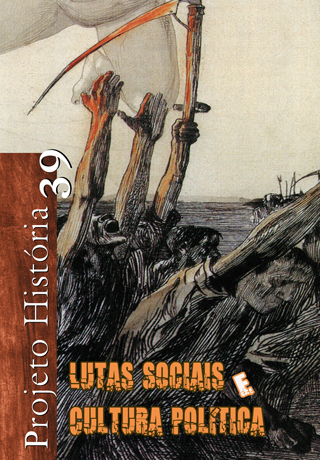Frontiers and Identities: indigenous peoples in the triple border between Brazil-Bolivia-Peru
Keywords:
Borders, Indigenous Peoples, Identity, International Relations.Abstract
This paper argues about the vicissitudes of people today known as Manchineri and Jaminawa, inhabitants of border regions of the department of Pando at Bolivia, Madre de Dios in Peru and Acre state in Brazil. It seeks to trace their connections and identityhistorical pertinence as people of linguistic and cultural affiliation to Arawak and Pano, also points the process of expanding its involvement by the national societies of Bolivia, Peru and Brazil, driven by the exploitation of rubber in the region, and finally show how his actual definition of political identity and their conditions of life were shaped by these processes. But even shaped by yhis involvement and by the norms of national states that divided its territory into national borders, imposing “legitimate” landmarks for the life of its inhabitants, we point out how they intend to equip these legal and sociocultural parameters which seek to submit them.Metrics
Metrics Loading ...
Downloads
How to Cite
Arruda, R. S. V. (2011). Frontiers and Identities: indigenous peoples in the triple border between Brazil-Bolivia-Peru. Projeto História : Revista Do Programa De Estudos Pós-Graduados De História, 39. Retrieved from https://revistas.pucsp.br/index.php/revph/article/view/5840
Issue
Section
Artigos
License
Copyright (c) 2011 Projeto História : Revista do Programa de Estudos Pós-Graduados de História

This work is licensed under a Creative Commons Attribution 4.0 International License.

Este obra está licenciado com uma Licença Creative Commons Atribuição 4.0 Internacional.




